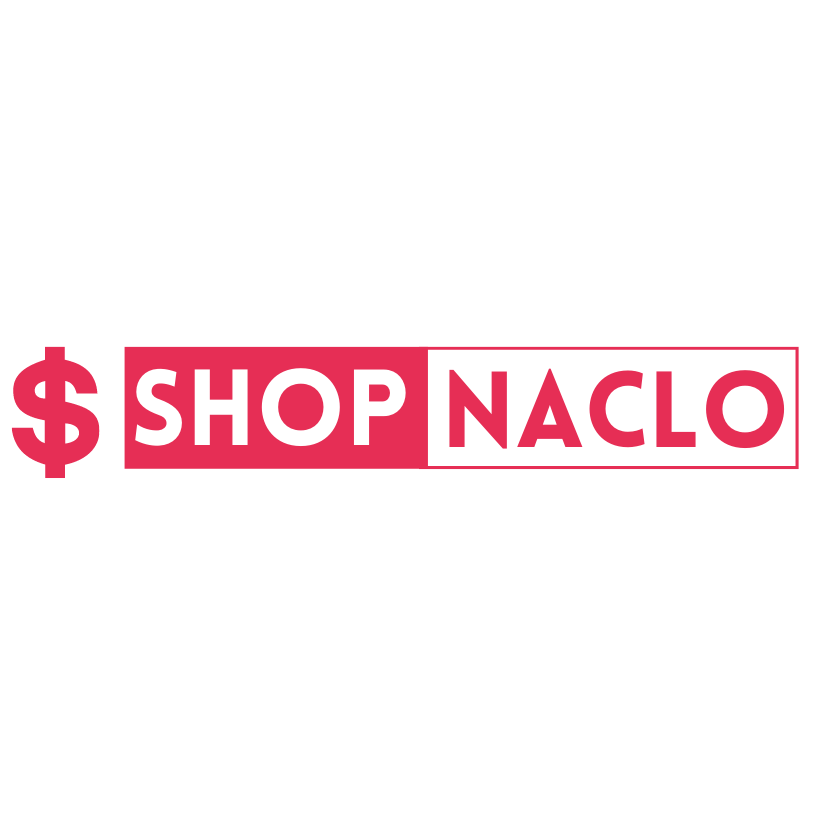Scaling a SaaS business is a lot like reinforcing a bridge while people are already driving over it. It demands careful moves, quick decisions, and the kind of foundation that does not crack under the weight of growth.
You don’t just need bigger numbers. You need a business that grows stronger as it grows. Those who manage this understand something important: growth is not a phase you race through. It’s a stage where you learn to live.
So let’s explore the stage together, shall we?
Let’s go!
Build Stability Before You Build Speed
Early traction feels exciting. A spike in users, a rush of feedback, and the sense that you’re onto something. But speed alone does not guarantee anything. Scaling magnifies what is already there – good or bad.
Before you open the floodgates, ask a few hard questions. Can your systems handle more users without breaking? Is your onboarding experience tight enough that new customers actually find value fast? Are you keeping churn low, or just ignoring it because new signups are masking the loss?
Growth stretches every weakness. A messy backend, a fragile support system, and a vague pricing model—they do not stay hidden for long once pressure builds. Strengthen them early.
Know The Customer You Are Willing To Fight For
Not every customer deserves a spot on your roadmap. That sounds harsh, but it’s the truth. The most sustainable SaaS companies don’t chase anyone willing to sign up. They know exactly who they are building for—and they invest deeply in serving those people better than anyone else.
Start by looking at your most suitable current users. Who gets real, lasting value from your product? Who stays? Who grows with you? These are not just your customers; they are your compass. Build around them, and you will grow something with roots.
Trying to make everyone happy dilutes the product and drains the team. Focus brings loyalty. Loyalty brings sustainable growth.
SaaS Marketing—Not A Megaphone, But A Magnet
There is a huge difference between making noise and building pull. Influential SaaS marketing does not scream louder. It turns carefully to the people who are already looking for what you offer—even if they do not know it yet.
Understanding what SaaS marketing is changes the way you approach everything: your messaging, your content, and even your product decisions. Good marketing in SaaS feels like a door opening, not a pitch deck being thrown in someone’s face.
When you get this right, growth stops being a series of frantic campaigns. It starts becoming a rhythm your company grows into.
Systems Are What Make Growth Sustainable
Without structure, growth turns into chaos. It’s not enough to want bigger numbers—you need the machinery to support them. The companies that scale well build systems early. Not because they love spreadsheets, but because they know habits shape results.
Start with simple, repeatable systems like:
- Customer feedback loops that actually feed into product development, not just surveys gathering dust.
- Sales processes that ensure no serious lead falls through just because someone forgot to follow up.
Systems are the invisible framework that keeps growth from becoming a series of emergencies.
Growth without retention is a treadmill
Chasing new customers feels productive. It’s measurable, it’s exciting, and frankly, it’s easier to explain to investors. But it means nothing if you’re quietly losing the ones you already have. Retention is where long-term profitability lives. It’s also where some of your best marketing happens—through referrals, case studies, and word of mouth.
Supporting your users is not a checkbox. It’s a growth strategy. It shows in the little things: your team’s responsiveness, the clarity of your documentation, and the real care you put into solving problems.
If you’re scaling, your customer success strategy has to scale too. This should happen immediately, not six months later.
Pricing Is Not Just Math—It’s Strategy
Pricing decisions often get made quickly at the start: “What will people pay?” “What are competitors doing?” Then months (or years) later, companies realize they have boxed themselves in.

Before you scale, pressure-test your pricing. Are you charging in a way that matches the value different users receive? Are there meaningful upgrade paths for heavy users? Are you unintentionally capping your revenue by undercharging power customers?
Sometimes, sustainable growth does not come from finding thousands of new customers. It comes from serving your best customers better—and pricing accordingly.
Here’s where to look first:
- Segmentation opportunities: Are there natural tiers of users who would gladly pay more for extras?
- Usage-based pricing models: Is there a smarter way to charge based on value delivered, not just access granted?
Small shifts here can unlock major revenue without adding a single new user.
Know Your Numbers—And Which Ones Matter
Data can feel both a gift and a trap. One dashboard leads to another, and pretty soon you’re chasing vanity metrics—the kind that look impressive but do not actually move the business forward.
When you’re scaling, you don’t need every number. You need the right ones—the few that give you a clear, honest snapshot of how healthy your business really is.
Focus on understanding your customer acquisition cost (CAC), which is the true cost of bringing a customer through the door—not just ad spend but time, resources, and opportunity costs. Pair that with your customer lifetime value (CLTV) to see if you’re building a profitable machine or just burning fuel for the sake of momentum.
Your net promoter score (NPS) is not just a feel-good metric either. It’s often the earliest signal of how strong your product-market fit really is. A plateau or a drop here should never be brushed off. And then, there’s churn. Quiet, steady churn has sunk more SaaS companies than competitors ever have. Track not just how many users you’re losing, but why.
Are they leaving because the product isn’t evolving? Because onboarding was confusing? Because they outgrew what you offer?
Everything else—social followers, email open rates, even daily active users—can be distracting until these core metrics are strong and understood. Knowing these numbers isn’t regarding reporting to investors. Making faster and smarter decisions is crucial, particularly when the stakes are rising and pressure is high.
Think Beyond Just Adding Users
Sustainable growth doesn’t come from simply stacking more customers on top of what you already have. Growth that lasts is built on a foundation wide enough to weather changes—in the market, in customer behavior, even inside your own product roadmap.
If all your revenue relies on one plan, one pricing model, or one customer profile, a single disruption can rattle everything. Stability comes from smart, thoughtful diversification—not doing more for the sake of it, but doing more of what makes sense.
Even though that might look like offering annual billing discounts, which don’t just boost cash flow upfront but also deepen commitment from your users. Customers who prepay are financially and emotionally invested.
It could mean building add-ons or integrations that naturally extend your product’s usefulness. If your best users already trust you for one solution, chances are they will turn to you again when you offer a related tool that saves them time or solves a nearby problem. Or maybe it’s about forming partnerships that involve collaborating with companies that enhance your service without competing with it. The right partnerships don’t just open new marketing channels. It plugs your product into a larger ecosystem where growth feels organic rather than forced.
The key is not scattering your focus. It’s asking where your users already trust you to do more—and stepping into those spaces carefully, intentionally, and with real follow-through.
Where you grow by deepening relationships, not just expanding your reach, stability becomes a natural byproduct.
Stay close to your customers, no matter how big you get
Growth tends to build walls. Layers of managers, processes, and priorities. It happens quietly, and if you’re not careful, suddenly you’re guessing what customers want instead of knowing.
Make staying close a discipline:
- Read feedback yourself. Do not just skim summaries.
- Watch sales demos. Hear what objections keep coming up.
- Call long-time users and ask what is getting better—and what is not.
The bigger you get, the easier it is to drift. The best companies fight drifting every day.
Build To Hold, Not Just To Climb
Scaling a SaaS business isn’t about chasing momentum for its own sake. Just make sure that as you grow bigger, you also grow stronger.
The companies that endure are the ones that invest early in resilience: building for the users who matter most, creating systems that can flex under pressure, pricing with intention, and listening when it would be easier to assume.
Growth with having is not a sprint. It is a craft.
If you build like you mean to stay, scaling is not something you survive—it’s something you master.



